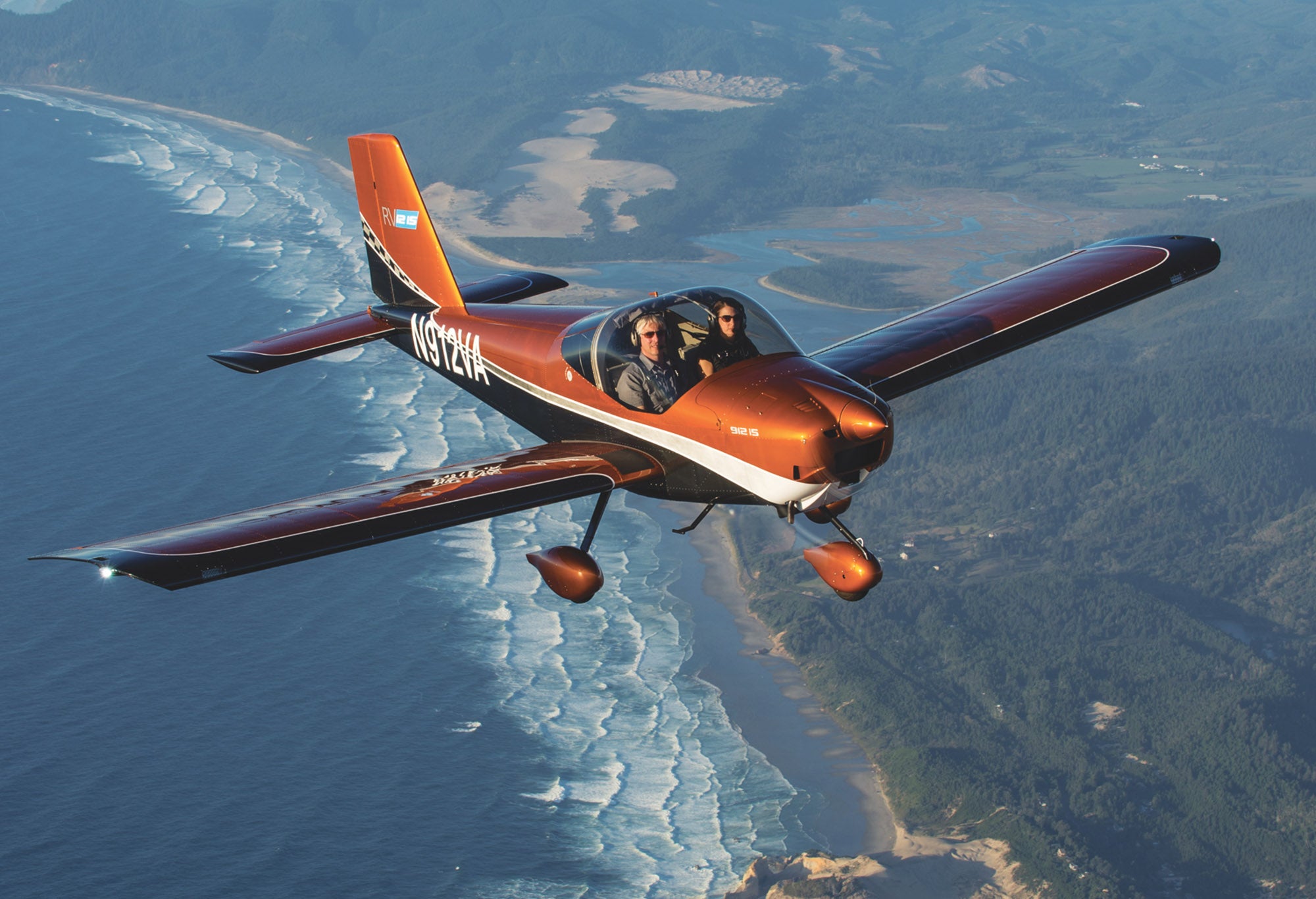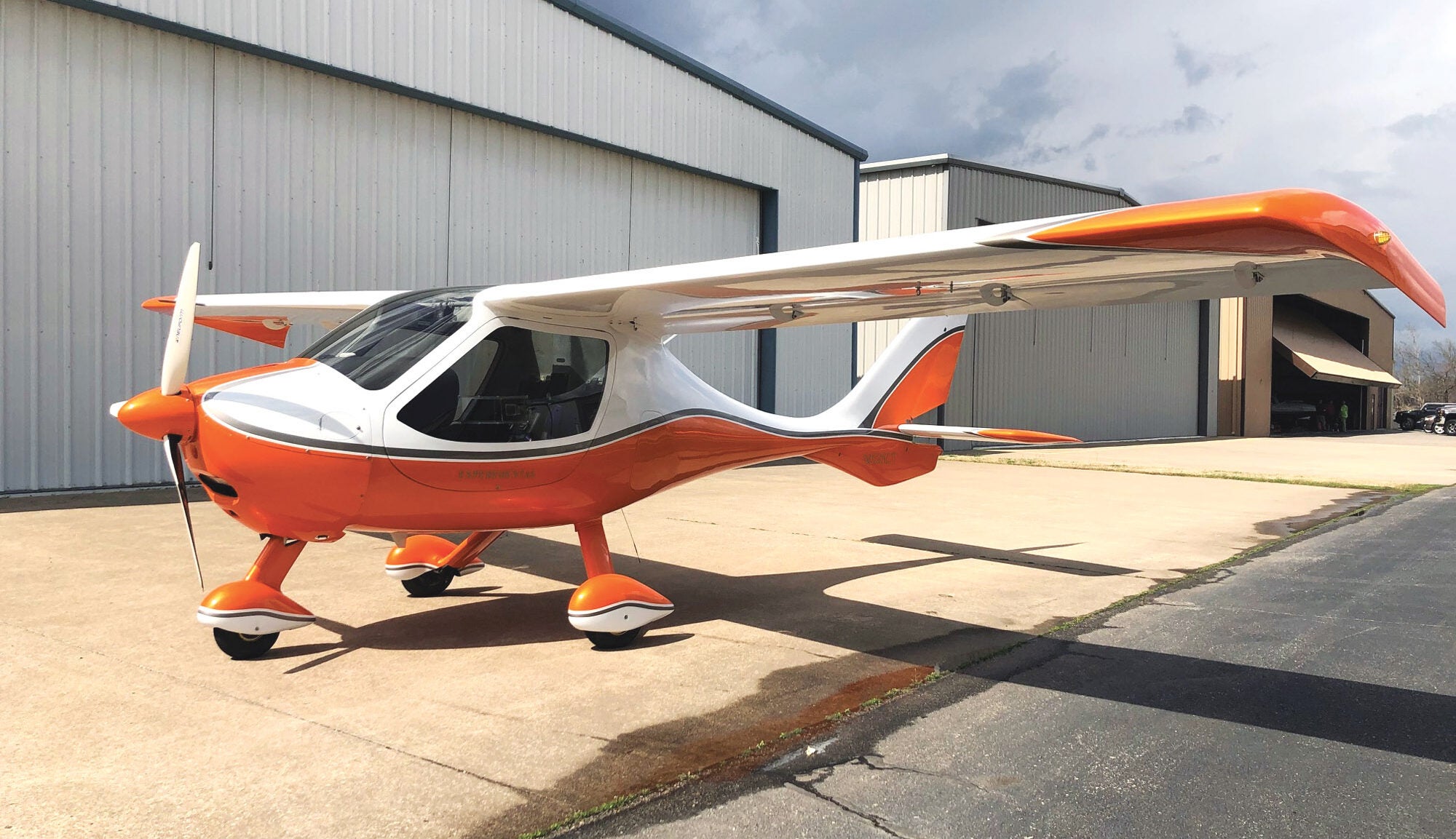
One reason you might enjoy reading KITPLANES may be that you appreciate aircraft that possess the benefits of the Experimental/Amateur-Built category. This group includes the kits and scratchbuilt projects that create airplanes with some very special benefits compared with their certified counterparts. These benefits include the ability to perform your own annual condition inspections and forever allow you to change your mind about what avionics, engines, propellers and other components this aircraft should have.
Not so easy with a certified aircraft! A certified (factory-made) aircraft typically cannot be altered from the way it came from the factory (in some cases the FAA does allow for approved changes to certified aircraft by submitting special paperwork that the factory must endorse). As the owner—not just the builder, by the way—of an Experimental, you can make changes and perform repairs as needed. You need the repairman certificate to sign off the annual condition inspection, but any A&P can do the same for a homebuilt you own but didn’t build. It is easy to see why so many prefer going the route of building their own aircraft when so many advantages are included.
Now, we cannot dismiss the advantages a certified aircraft possesses. Namely, it was assembled in a factory by professional engineers and builders. That Boeing or Cessna, for example, provides some deserved peace of mind when thinking reliability and safety. But upgrades and modifications can be pricey, especially if you need “professional” help to have them completed.
Which is why owners of certified aircraft ask: Can we convert a certified aircraft into an Experimental so we can get the freedoms we really want? The answer is no. This is why you do not see any Cessna or Piper aircraft registered as Experimental/Amateur-Built. You may see some showing an Experimental sticker, but these are usually in the Experimental/R&D or Experimental/Market Survey categories.
News flash! There is a noticeable exception to this rule. Did you know that aircraft certified as an SLSA (Special Light Sport Aircraft) can be recertified as an Experimental (in this case, ELSA)? An SLSA is a certified aircraft made in a factory. The LSA category was created in 2004 and requires these aircraft to follow limits including a max gross weight of 1320 pounds (on wheels), no more than two people including pilot and maximum speed of 120 knots, among other limits. They can be flown by pilots with Sport Pilot ratings and above. There are a number of these aircraft flying today that you will recognize by name—the volume leaders are the Flight Design CT, the Czech Aircraft Works SportCruiser, the Tecnam P2008, the CubCrafters Carbon Cub and the Icon A5. Van’s RV-12 is ninth on the list for SLSAs but is second after the Zenith CH 750 series when you count all categories: SLSA, ELSA and Experimental/Amateur-Built.

Just as with any certified aircraft, an SLSA cannot be modified without factory approval. However, you are allowed by the FAA to recertify it as an Experimental, which would convert it to an ELSA. This means you can buy an SLSA (new or used), make the certification change and now have nearly all the freedoms of an E/A-B. Modify the instrument panel, change the prop, add landing lights and use parts of your own choosing. (Remember that it still needs to conform to LSA standards if you want to fly it as a Sport Pilot.)
You can even perform the annual inspections by taking a two-day technical training course that certifies you to inspect your own aircraft. This is an incredible feature as compared to purchasing a used E/A-B. If you sell this converted ELSA, the new owner can also obtain the inspection certification with this two-day class. One disadvantage for some is that an ELSA aircraft cannot be used for training or hire like the SLSA can (there are some remedies for this in some cases).
The procedure for making the conversion from SLSA to ELSA involves using a DAR familiar with the paperwork. An inspection of the aircraft is made to ensure it is a genuine SLSA that matches the original factory specs. The paperwork is submitted to the FAA and a new special airworthiness certificate is issued showing the new ELSA status. Then, post the Experimental placard. From this point on, you have an ELSA and have the freedom of maintenance and modifications.
Rarely do we see an opportunity where we can own an aircraft that has the design and reliability (did the builder do a good job?) of a factory-made aircraft and at the same time possesses the freedoms of the Experimental class.














The real advantage of a experimental is that they can fly IFR. Would conversion to an ELSA permit that?
Or move to Canada where we have a category called Owner Maintenance. Maybe if we become the 51st stat we could expand that to the USA?